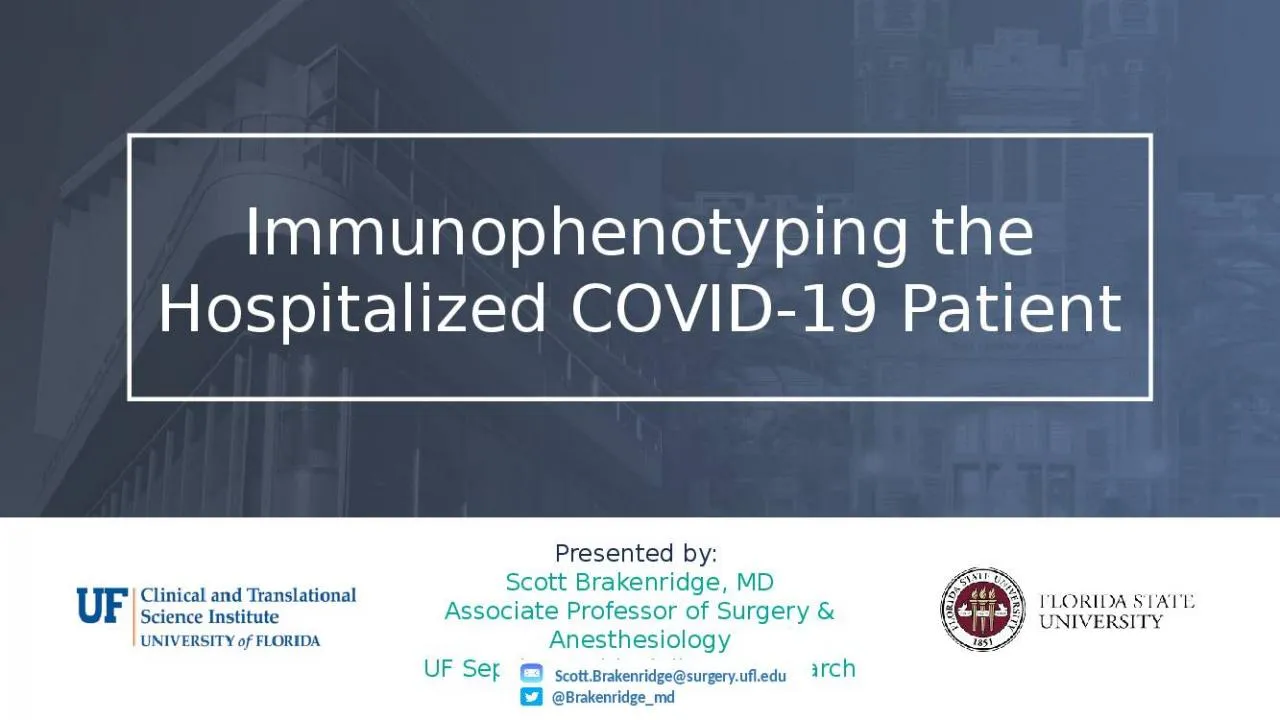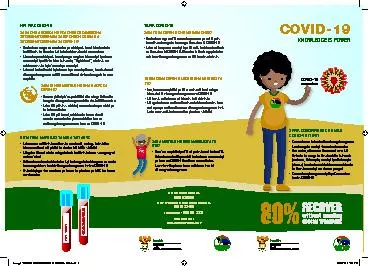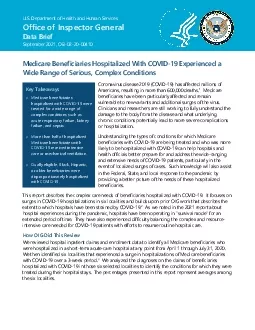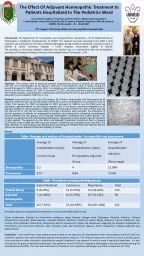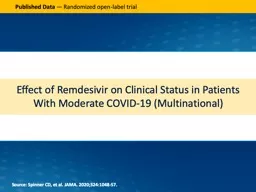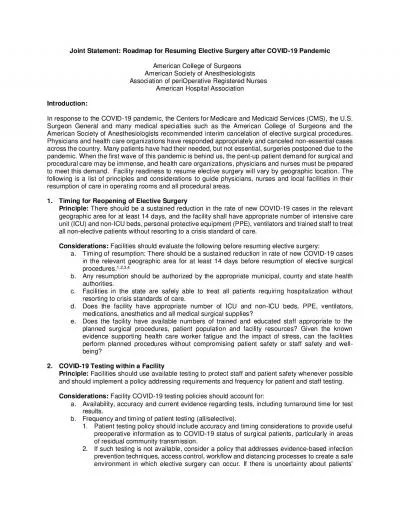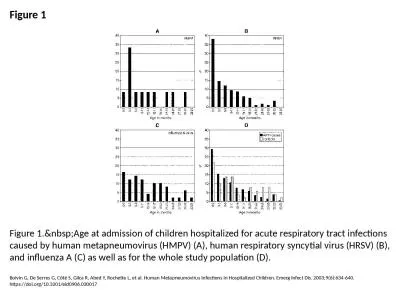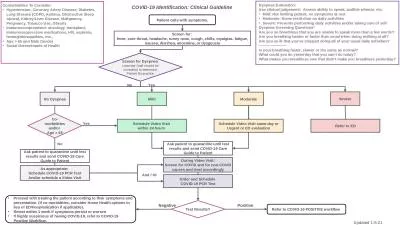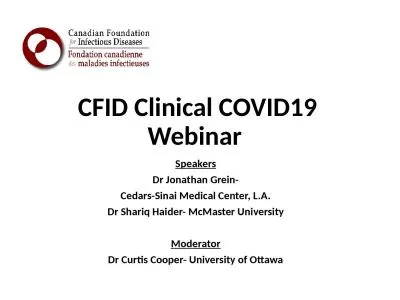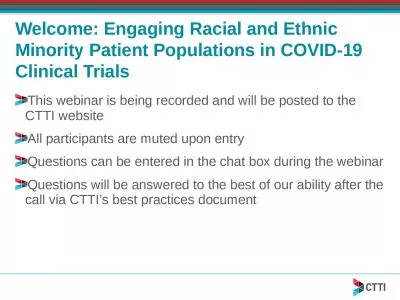PPT-Immunophenotyping the Hospitalized COVID-19 Patient
Author : nicole | Published Date : 2022-02-24
Presented by Scott Brakenridge MD Associate Professor of Surgery amp Anesthesiology UF Sepsis amp Critical Illness Research Center ScottBrakenridgesurgeryufledu
Presentation Embed Code
Download Presentation
Download Presentation The PPT/PDF document "Immunophenotyping the Hospitalized COVI..." is the property of its rightful owner. Permission is granted to download and print the materials on this website for personal, non-commercial use only, and to display it on your personal computer provided you do not modify the materials and that you retain all copyright notices contained in the materials. By downloading content from our website, you accept the terms of this agreement.
Immunophenotyping the Hospitalized COVID-19 Patient: Transcript
Download Rules Of Document
"Immunophenotyping the Hospitalized COVID-19 Patient"The content belongs to its owner. You may download and print it for personal use, without modification, and keep all copyright notices. By downloading, you agree to these terms.
Related Documents

